Blizzard's recently publicized sexual harassment and discrimination lawsuit filed by the state of California is just one of the latest in a long string of controversies. Between massive layoffs, numerous reports on its toxic workplace, and highly anticipated launches reportedly sabotaged by mismanagement, the last few years have dramatically altered the perception of what used to be PC gaming's darling developer.
To really emphasize how bad things have been for them, just in one week alone in 2021, Blizzard was hit with three major events:
- Word got out that the SEC was investigating Activision Blizzard over its workplace practices, and Bobby Kotick himself had been subpoenaed.
- Blizzard’s Chief Legal Officer, Claire Hart, resigned, as the company faced a growing collection of lawsuits.
- Overwatch 2’s executive producer Chacko Sonny left Blizzard “for some time off,” according to the company.
You’ll note that we’re saying Blizzard here, not Activision Blizzard King, which is a trio of publishers that make up the main whole. Activision has a half dozen teams running Call of Duty and King is the eternal, money-printing mobile arm that hasn’t been wrapped up in this controversy to the same degree.
The fact is, Blizzard has been hit both the hardest by these allegations, having lost not just many core members over the years, but many in the very recent past as a result of these investigations, including the director of its most important game project, Diablo 4. On top of that, it’s not like Blizzard was doing so amazingly well before all this anyway.
Welcome to All Patch Notes! Today we are discussing Blizzard seeming decline in the eyes of gamers such as you guys. We are at a point between Blizzard’s declines and departures over the years, the recent scandals and investigations, and the state of its largest future projects makes people wonder what the future holds, or if there is a future at all. It’s wild to think that Blizzard could potentially be shut down or sold off, and yet the way things are trending, it also does not seem impossible.
It is unlikely that what’s currently going on has the potential to sink Activision Blizzard King as an entire company. Activision continues to find an endless amount of success with Call of Duty and King has never had an issue making money on mobile.
So the main question we will try to answer today is: Can Blizzard survive all this and continue to exist together with Activision and King? Is there a brighter future for Blizzard?
Let’s get started!
How was the company founded?
Blizzard Entertainment was founded by Michael Morhaime, Allen Adham, and Frank Pearce as Silicon & Synapse in February 1991. During the first two years, the company focused on creating game ports for other studios. In 1993, the company developed games such as Rock n' Roll Racing and The Lost Vikings (published by Interplay Productions).
Around 1993, co-founder Adham told the other executives that he did not like the name "Silicon & Synapse" anymore, as people outside the company were confusing the meaning of silicon the chemical element with silicone the materials used in breast implants. By the end of 1993, Adham changed the name to "Chaos Studios" instead. But that name didn’t last for long!
In early 1994, they were acquired by distributor Davidson & Associates for $6.75 million. Shortly after this point, they were contacted by a Florida company, Chaos Technologies, who wanted the company to pay US$100,000 to keep the name. Not wanting to pay that sum, the executives decided to change the studio's name to "Ogre Studios" by April 1994. However, Davidson & Associated did not like this name, and forced the company to change it. One of the first words they found to be interesting enough to be their name and cleared the legal check was "blizzard", leading them to change their name to "Blizzard Entertainment" by May 1994.
Shortly thereafter, Blizzard Entertainment shipped their breakthrough hit Warcraft: Orcs & Humans, a real-time strategy game in a high-fantasy setting.
Since then, Blizzard has been through a number of acquisitions. In 1998 Blizzard was sold to French publisher Havas, the same year Havas was purchased by Vivendi. Blizzard, at this point had about 200 employees, became part of the Vivendi Games group of Vivendi.
In 1996, Blizzard Entertainment acquired Condor Games, which had been working on the action role-playing game Diablo for Blizzard at the time. Diablo was released at the very start of 1997 alongside Battle.net, a matchmaking service for the game. Blizzard continued to build up its repertoire of games in the following years with Diablo II, Warcraft II: Tides of Darkness and Starcraft. More, in 2002, Blizzard was able to reacquire rights for three of its earlier Silicon & Synapse titles, The Lost Vikings, Rock n' Roll Racing and Blackthorne, from Interplay Entertainment and re-release them for the Game Boy Advance.
Blizzard Entertainment released World of Warcraft, a massively multiplayer online role-playing game (MMORPG) based on the Warcraft franchise, on November 23, 2004, in North America, and on February 11, 2005, in Europe. By December 2004, the game was the fastest-selling PC game in the United States, and by March 2005, had reached 1.5 million subscribers worldwide. By the end of 2007, World of Warcraft was considered a global phenomenon, having reached over 9 million subscribers and exceeded US$1 billion in revenue since its release. In April 2008, World of Warcraft was estimated to hold 62% of the MMORPG subscription market.
By July 2008, Vivendi Games (who owned Blizzard Entertainment) dissolved, leaving Blizzard to merge with Activision, effectively forming what we know today as Activision Blizzard.
Following this merger, Blizzard went on to add to its already successful collection of games, by developing and launching Heartstone, a free-to-play card game and Overwatch, which was the highest-selling game on PC for 2016 .
And in celebration of the company's 30th anniversary, Blizzard Entertainment released a compilation called Blizzard Arcade Collection in February 2021, for various video game platforms. The collection includes their three classic video games: The Lost Vikings, Rock n' Roll Racing, and Blackthorne, each of which contained additional upgrades and numerous modern features.
But, despite the success of their games, some say that the decrease in Blizzard’s popularity started in 2016, with Blizzard issuing a cease and desist for the fan-made WoW server “Nostralrius”, effectively leaving over 800,000 players with nowhere else to go. You’d think they would have moved on to Blizzard’s WoW servers, but that didn’t happen. From there on it seemed that the company started putting making money over actually listening to its fans, which led to more disappointments and even rage.
When Blizzard released Overwatch it had managed to attract some of you back to the company, but even that success was short lived. Blizzard’s introduction of a new character called Brigitte is what many of you considered to be the moment Overwatch died. The character was just too overtuned, and a lot of people ended up quitting the game for good.
Later on, during Blizzcon 2018 Blizzard revealed Diablo: Immortal. After waiting for years for Diablo IV, we all got excited and were happy about the new Diablo…until we found out that it will be a mobile game! The game’s presentation during Blizzcon was actually booed numerous times! Just like with other decisions Blizzard had made, the idea to make a mobile Diablo game was motivated by the same thing: money.
On October 3rd, 2018, Mike Morhaime announced his plans to step down as the company president and CEO while remaining an advisor to the company; he formally left on April 7, 2019. Morhaime was replaced by J. Allen Brack, the executive producer on World of Warcraft.
Frank Pearce also announced he would be stepping down as Blizzard's Chief Development Officer on July 19, 2019, though he will remain in an advisory role similar to Morhaime.
Also in 2019, Blizzard created international outrage when it suspended Chung "Blitzchung" Ng Wai for calling for Hong Kong's liberation from the Chinese government during a post-match interview at the Asia Pacific Hearthstone Grandmasters tournament. At the time, Hong Kong was enveloped in chaos as hundreds of thousands of protesters fought against an extradition bill that would allow for the transfer of criminals to mainland China. Blitzchung was initially suspended for a year and stripped of his prize winnings. The two Taiwanese casters who were present during the interview were also fired.
Michael Chu, lead writer on many of Blizzard's franchises including Diablo, Warcraft, and Overwatch, announced he was leaving the company after 20 years in March 2020. In June 2020, one of the biggest faces on World of Warcraft's development team, Alex Afrasiabi's suddenly departed from Blizzard. He had served as creative director for a number of years and had reportedly led development on Titan, Blizzard's cancelled MMO. Blizzard made no statement about his departure, with players only noticing it after Afrasiabi updated his LinkedIn page to confirm he was no longer with the company. An Activision Blizzard spokesperson confirmed to Kotaku in July 2021 that Afrasiabi had been terminated "for his misconduct in his treatment of other employees.”
Also in 2020 the new Warcraft III Reforged was announced and everybody had seen this as a chance for Blizzard to redeem themselves. Still, the game was met with more frustrations and uproar from fans as several of the game’s promised features had been cut and a lot of the mechanics from the 2002 version had been removed. Warcraft III was so bad it was actually rated the lowest user reviewed game on Metacritic. Not a world record any gaming company would like to break!
Activision Blizzard was the subject of a lawsuit from the California Department of Fair Employment and Housing in July 2021, asserting that for several years the management within Blizzard as well as Activision promoted a "frat boy" atmosphere that allowed and encouraged sexual misconduct towards female employees and discrimination in hiring practices.
In the wake of these events, Brack, one of the few individuals directly named in the suit, announced he was leaving Blizzard to "pursue new opportunities", and will be replaced by co-leads Jen Oneal, the lead of Vicarious Visions and the first woman in a leadership role for the company, and Mike Ybarra, a Blizzard executive vice president. But Oneal announced in November 2021 that she would be leaving the company by the end of 2021, leaving Ybarra as the sole leader of Blizzard.
As a result of the California lawsuit and of delays and release issues with their more recent games, Activision Blizzard's stock faced severe pressure. Subsequently, Microsoft seized the opportunity to become one of the largest video game companies in the world and announced its intent to acquire Activision Blizzard and its subsidiaries for $68.7 billion in January 2022. This exchange marks the largest acquisition in tech history, surpassing the $67 billion Dell-EMC merger from 2016. The deal is expected to close by mid-2023, during which Activision Blizzard will remain its own company and, once finalized, will be moved into the Microsoft Gaming division.
Nowadays it’s clear that Blizzard has lost the respect and admiration of you guys but also their own employees, and not just that, in their pursuit of money they have actually ended up losing more of it! Their stock price alone plummeted in 2021 from $100 in January to $57 by the end of the year. With Microsoft buying Activision Blizzard is hard to say what the future holds, but it’s safe to say we’re all hoping for improvements!

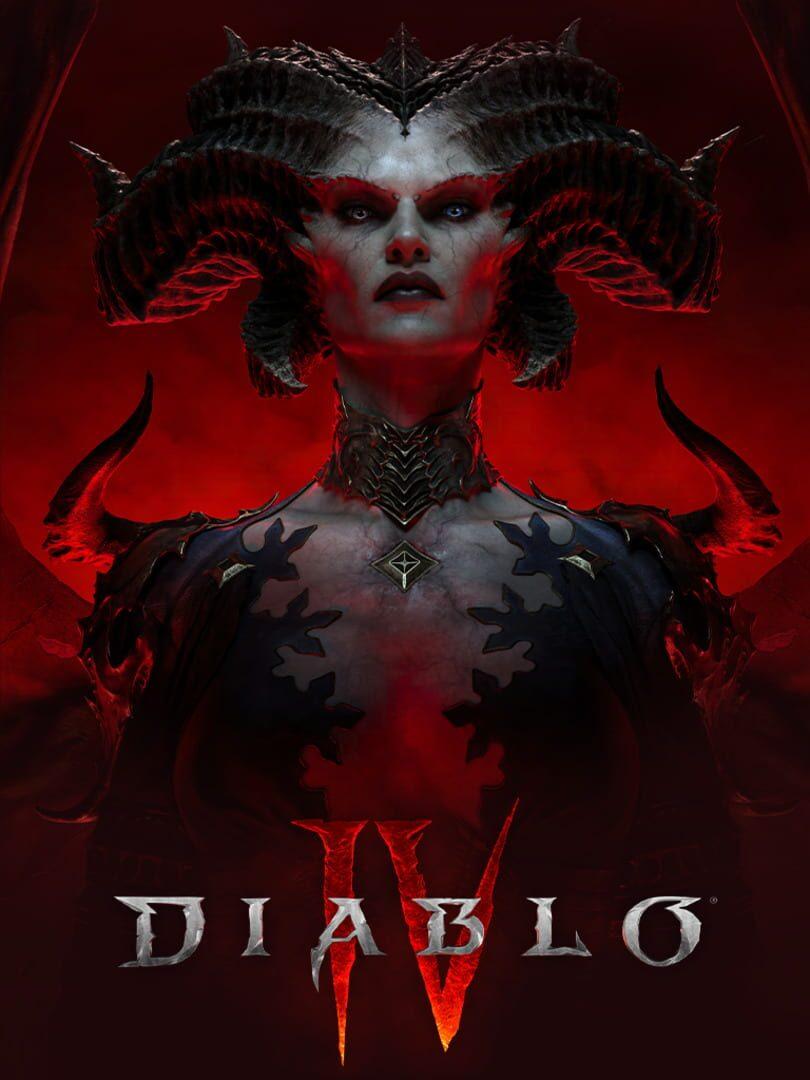

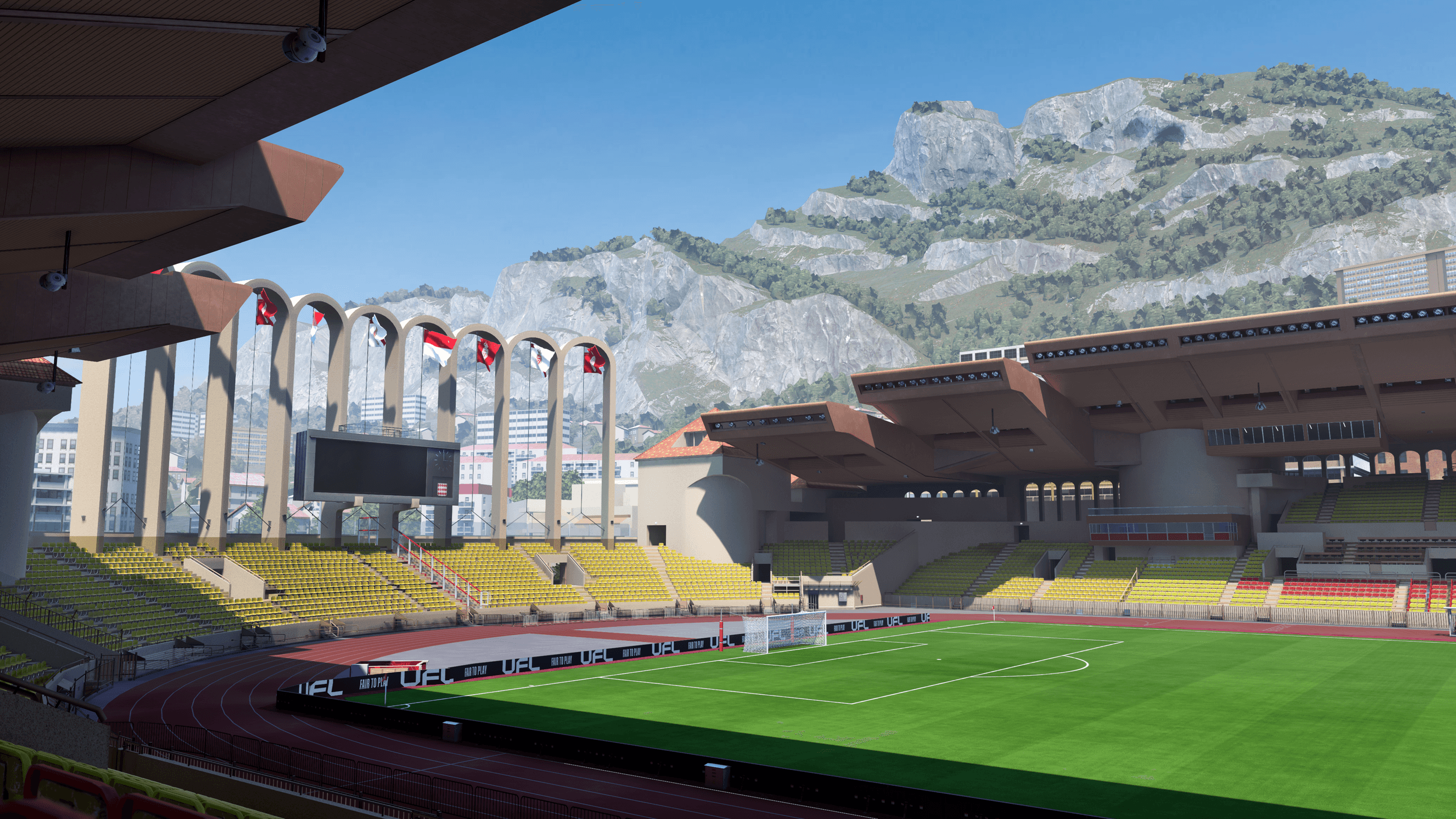

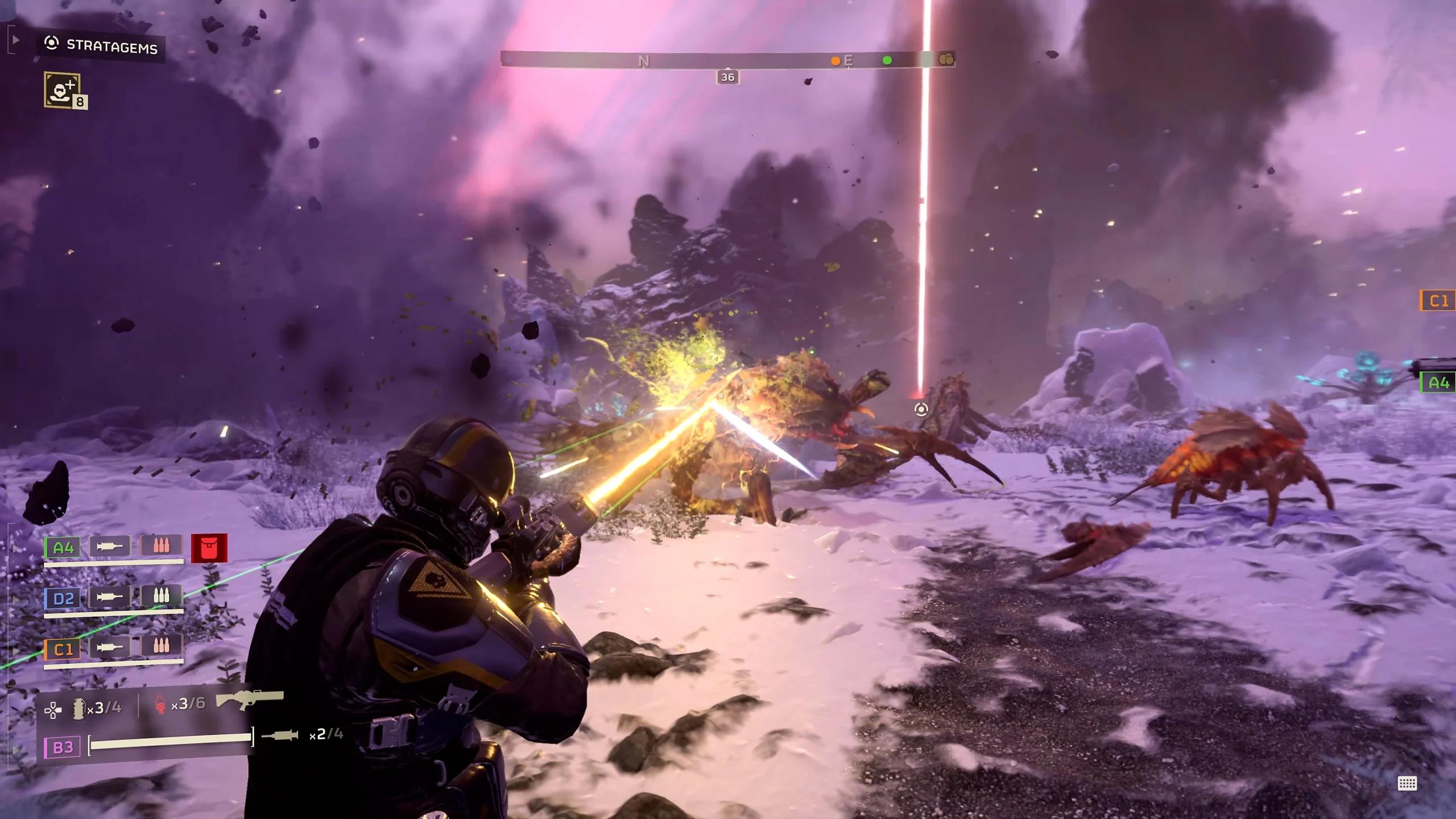
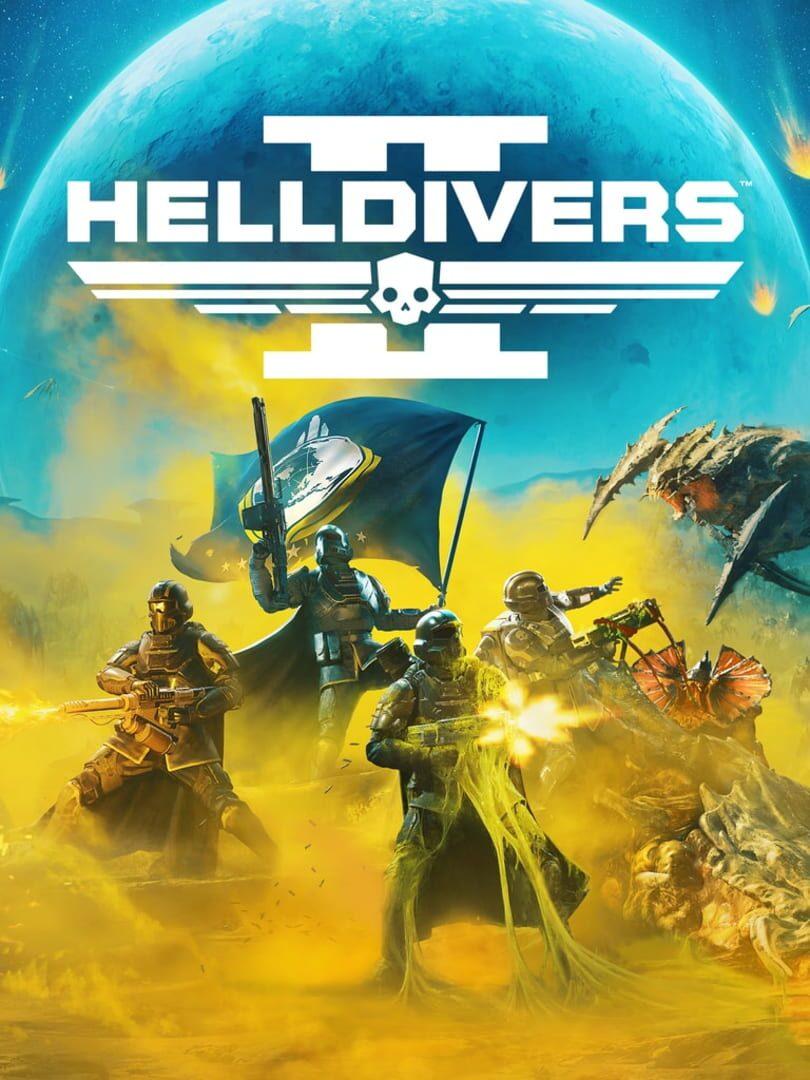
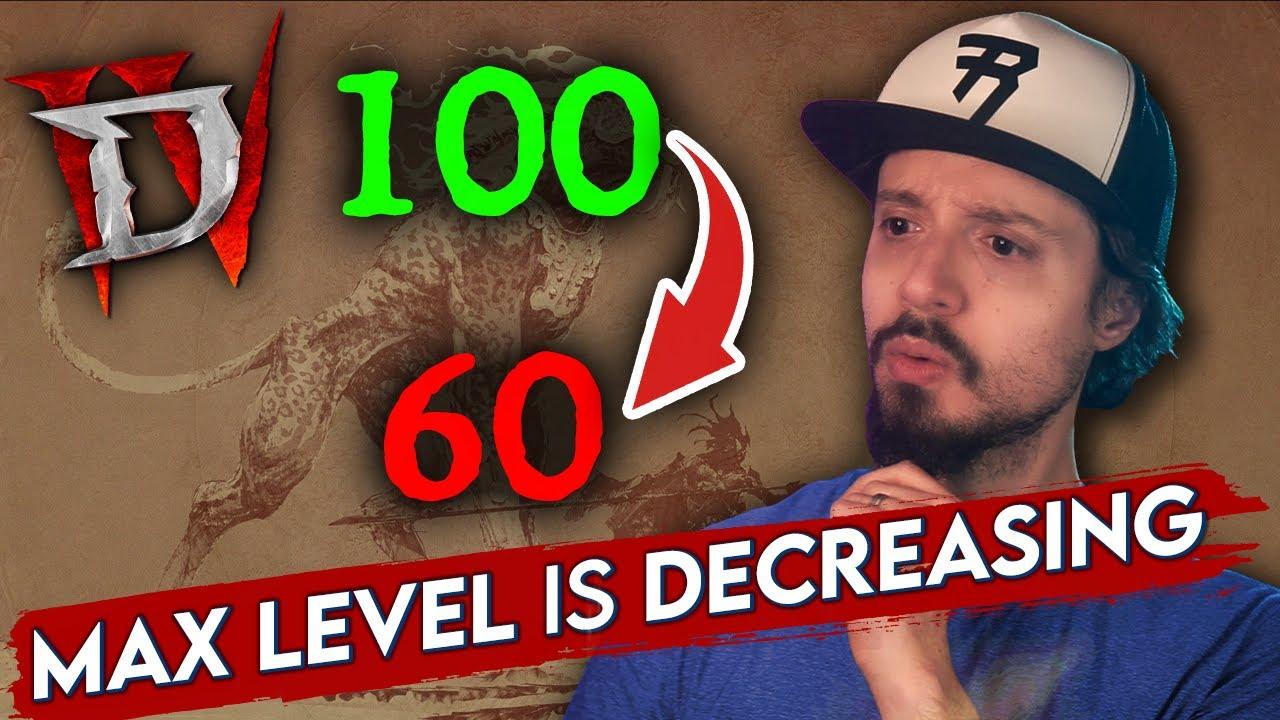
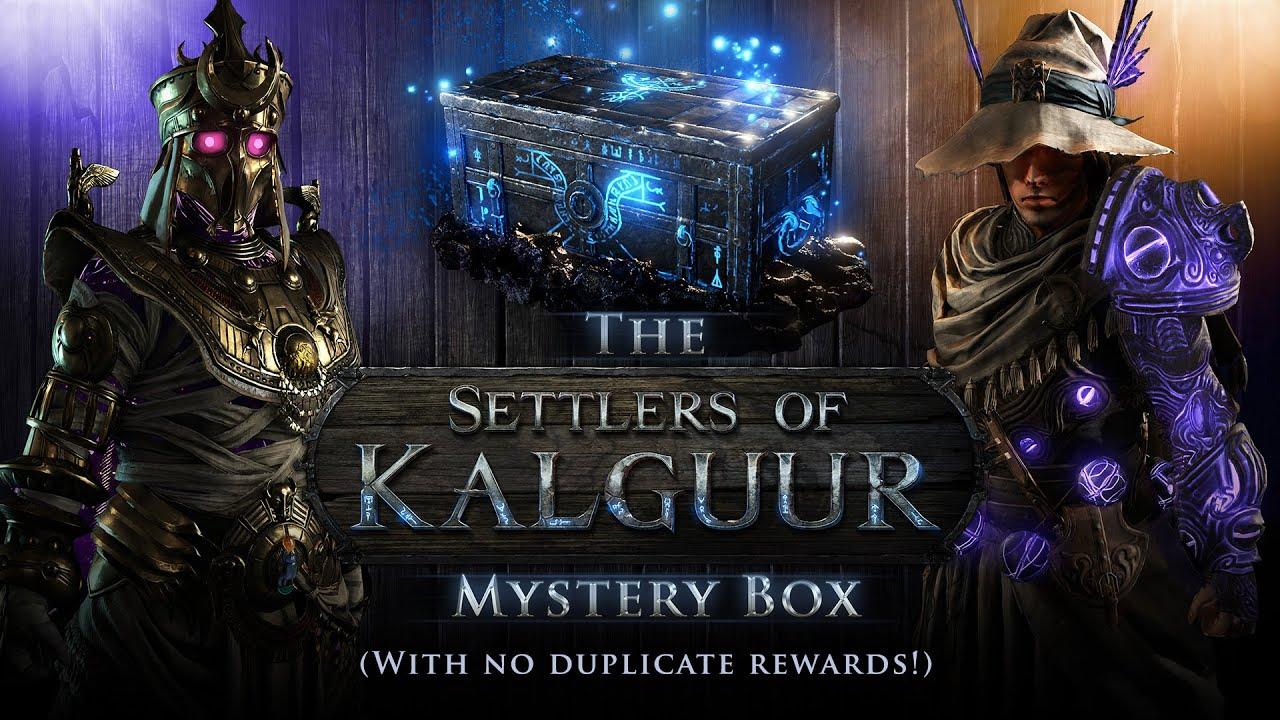


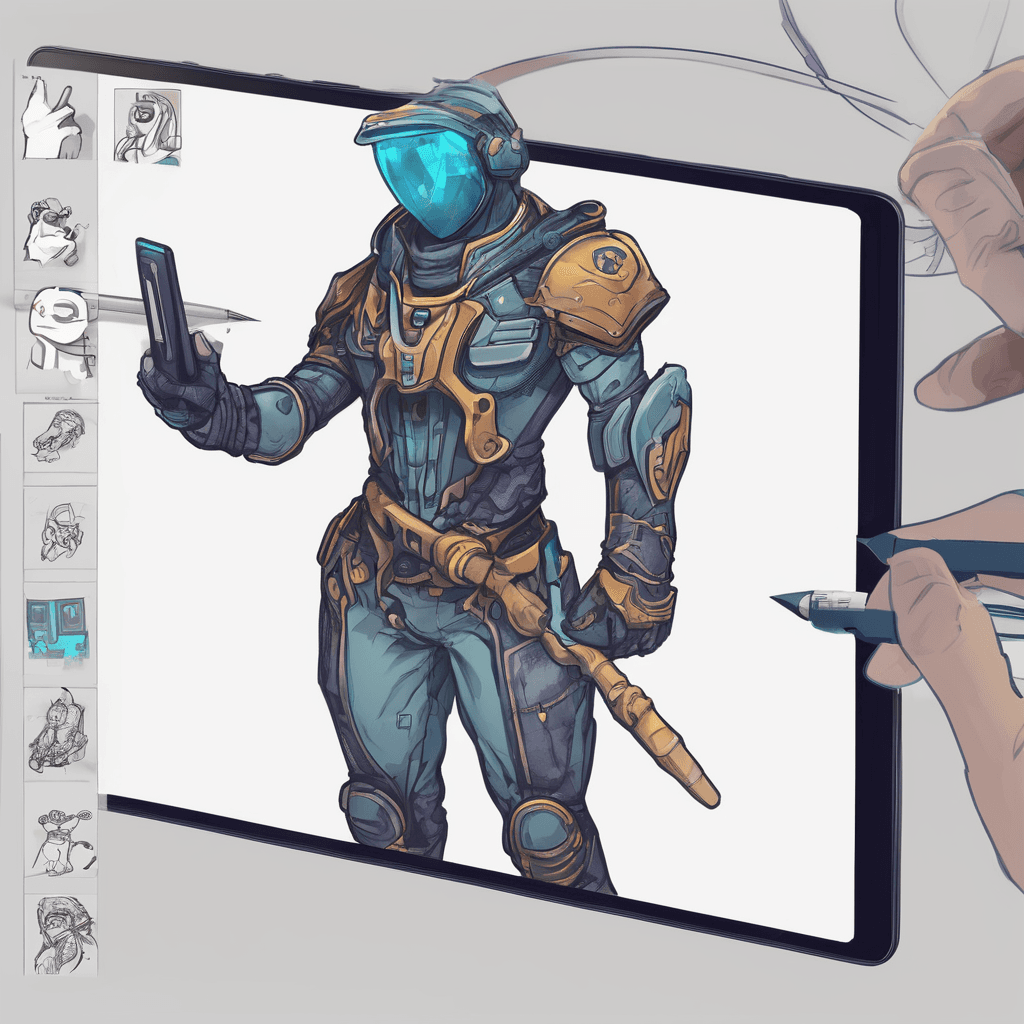
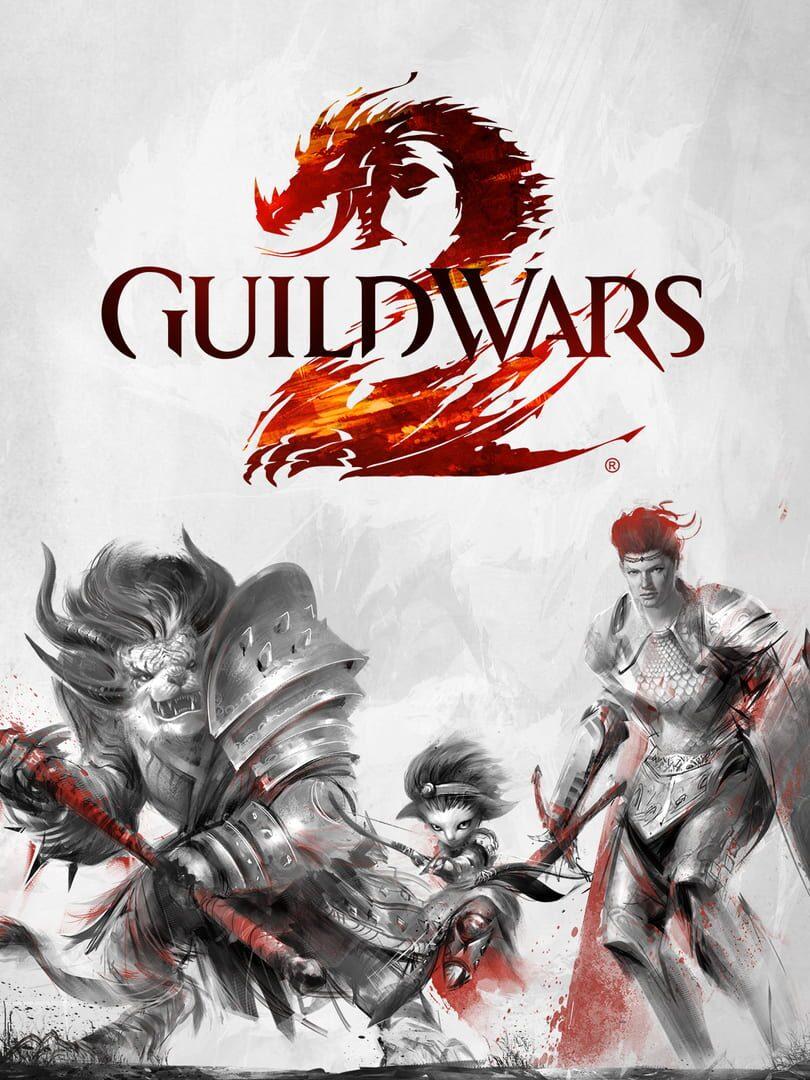
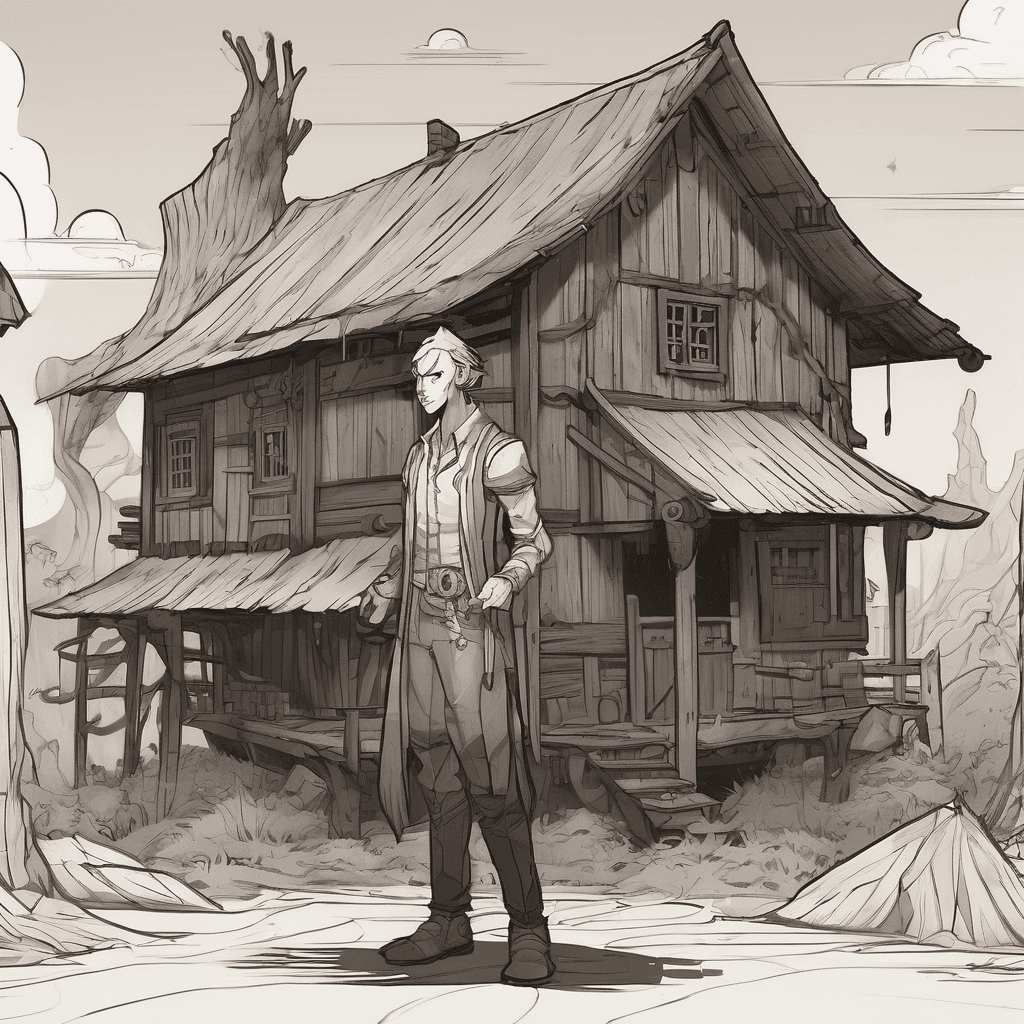
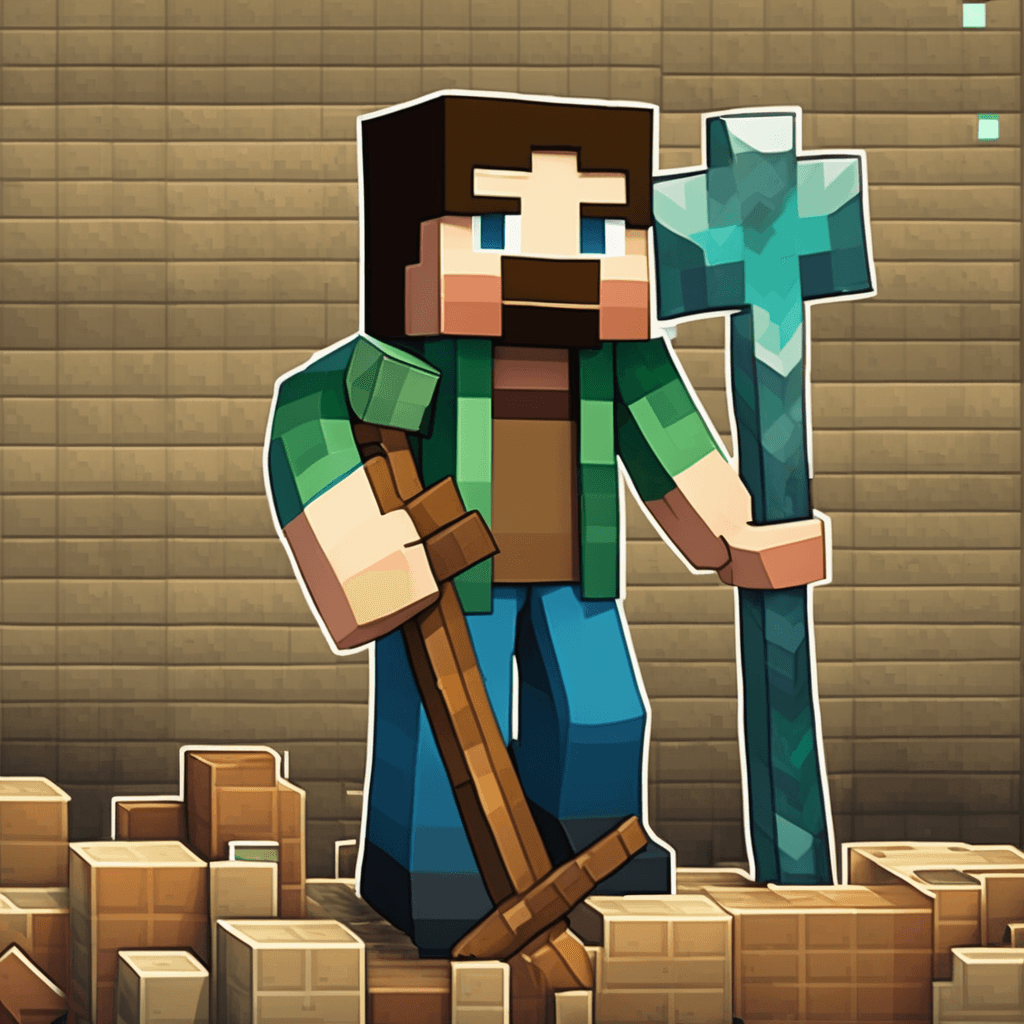
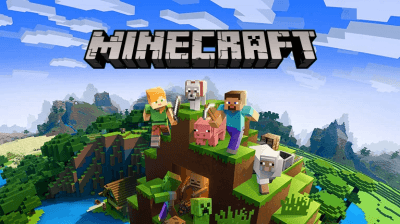

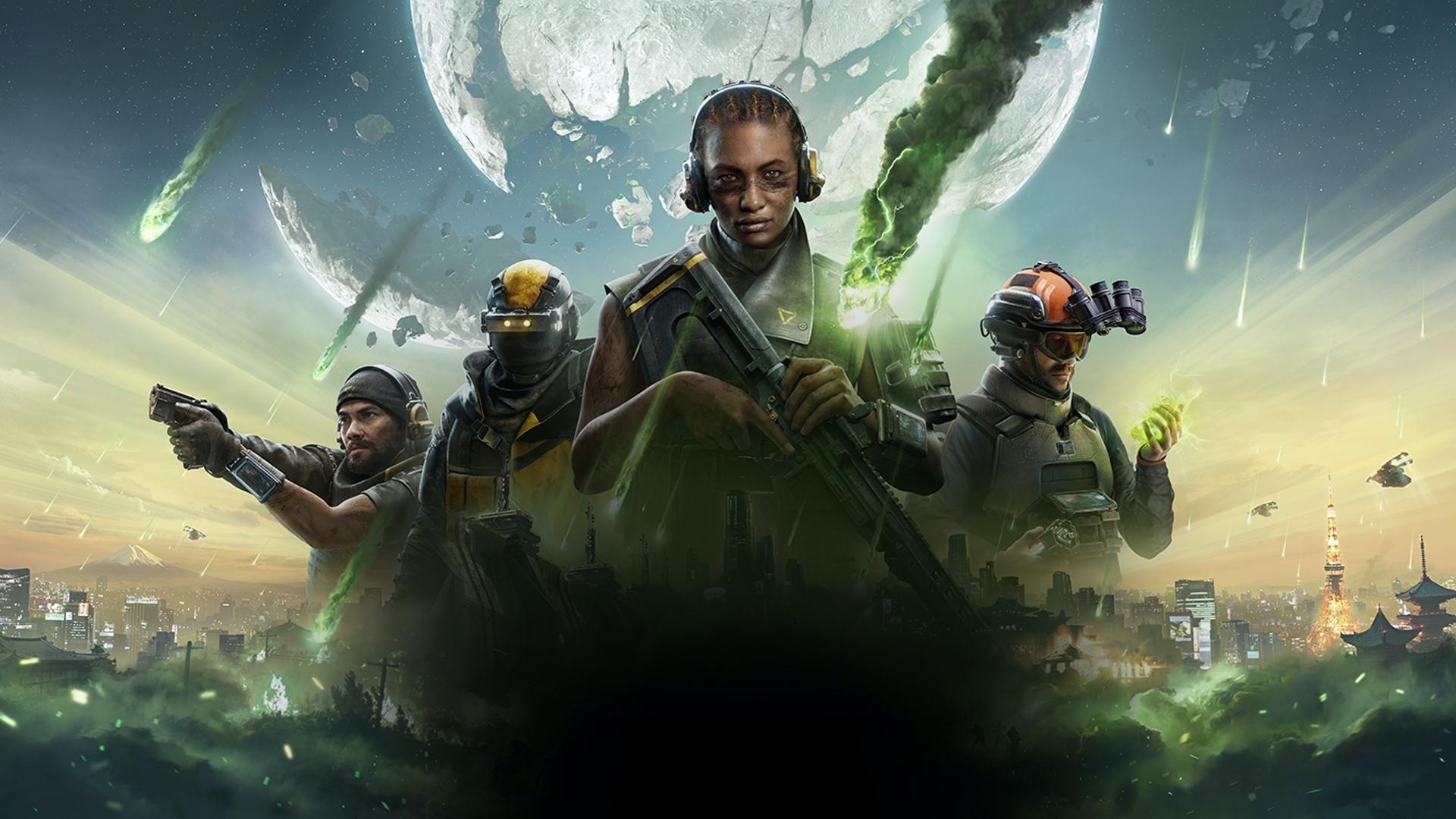
Responses (0 )